The internal organs of baby Ciro, Italys first dinosaur and one of the best-preserved specimens in the world, have been reconstructed in 3D. The anatomical model, seen by ANSA in a preview along with the first scans of the fossil's 'B side, have been presented at the Museum of Natural History in Milan. During the presentation,paleontologists used previously unpublished images to explain why the discovery still represents a watershed in knowledge about dinosaurs.
Ciro (Scipionyx samniticus), found at Pietraroia in the Benevento area in Italys southern Campania region, is a unique specimen because of the exceptional state of preservation of its internal organs, never before seen in a dinosaur. Using innovative techniques such as UV light, CAT and scanning electron microscopy, paleontologists Cristiano Dal Sasso (author of the first article about the dinosaur to appear in Nature, on 26 March 1998) and Simone Maganuco have discovered that Scipionyx internal organs are exceptionally fossilized even at the cellular and subcellular level, to the extent that even after 110 million years it is possible to see its muscle cells, blood vessels, capillaries and even the bacteria and food remains contained in its intestines.
Many of the details to have emerged from this study can be seen in the digital anatomical model have been presented by paleoartist Fabio Manucci on Saturday. However, new discoveries are also expected from the first scans of the fossil's 'B side' (the one hidden in the limestone matrix), authorized by the Benevento Superintendency and carried out by Lucia Pappalardo and Gianmarco Buono of the Microtomography Laboratory at the Vesuvius Observatory of the National Institute of Geophysics and Volcanology (Ingv).
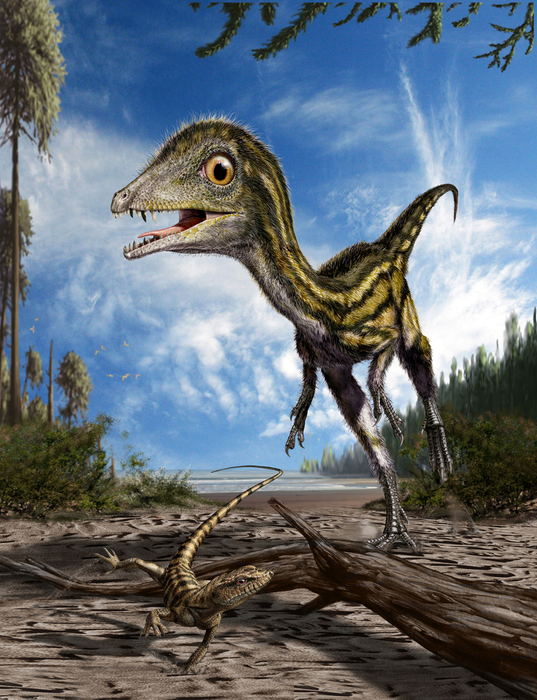
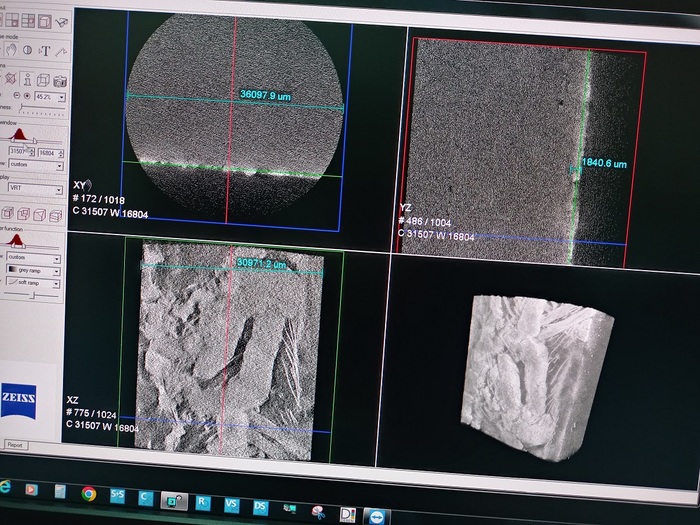


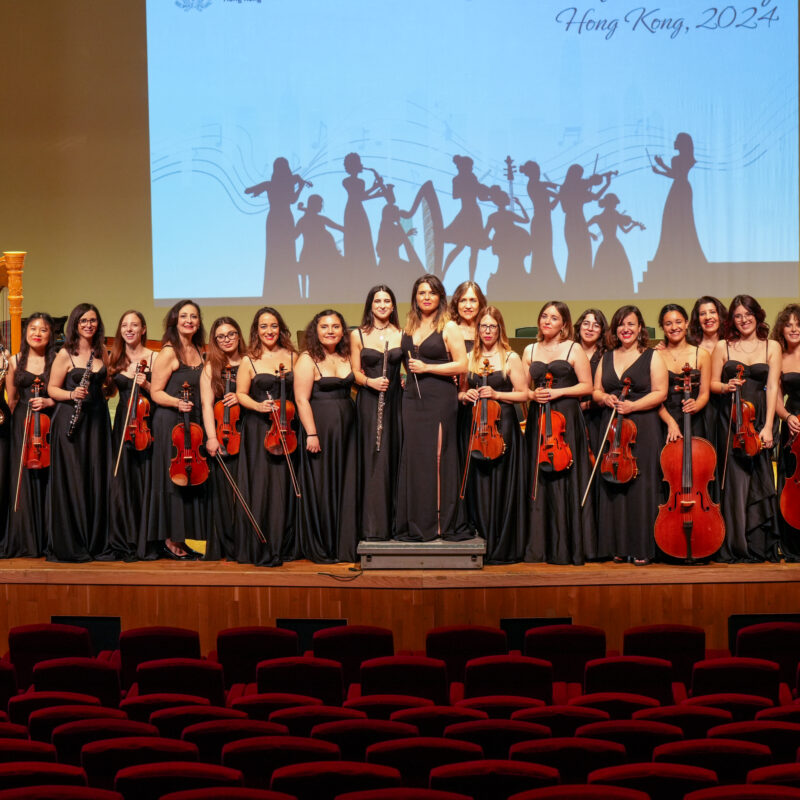
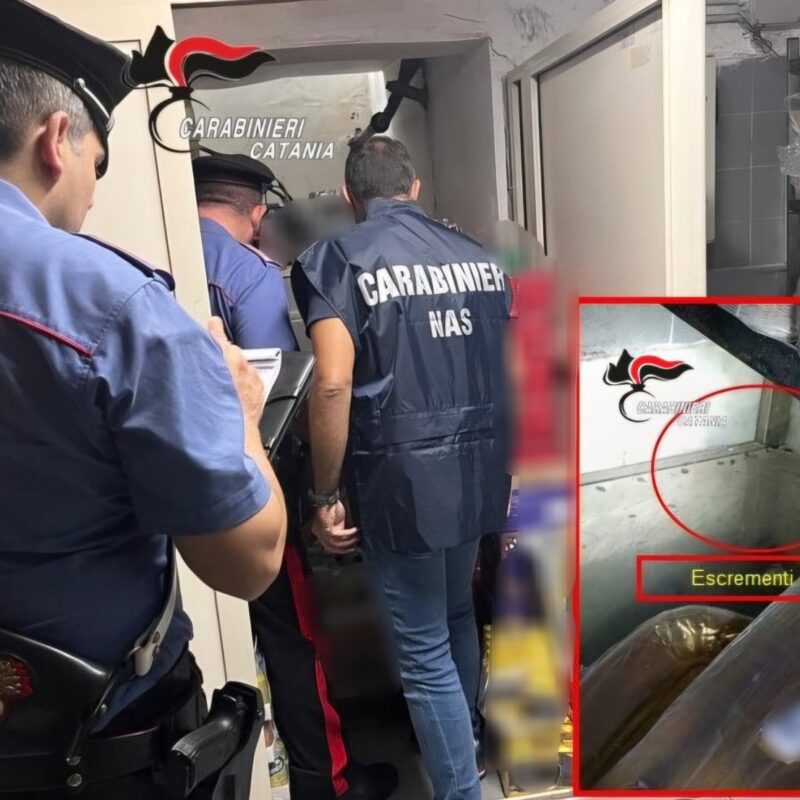

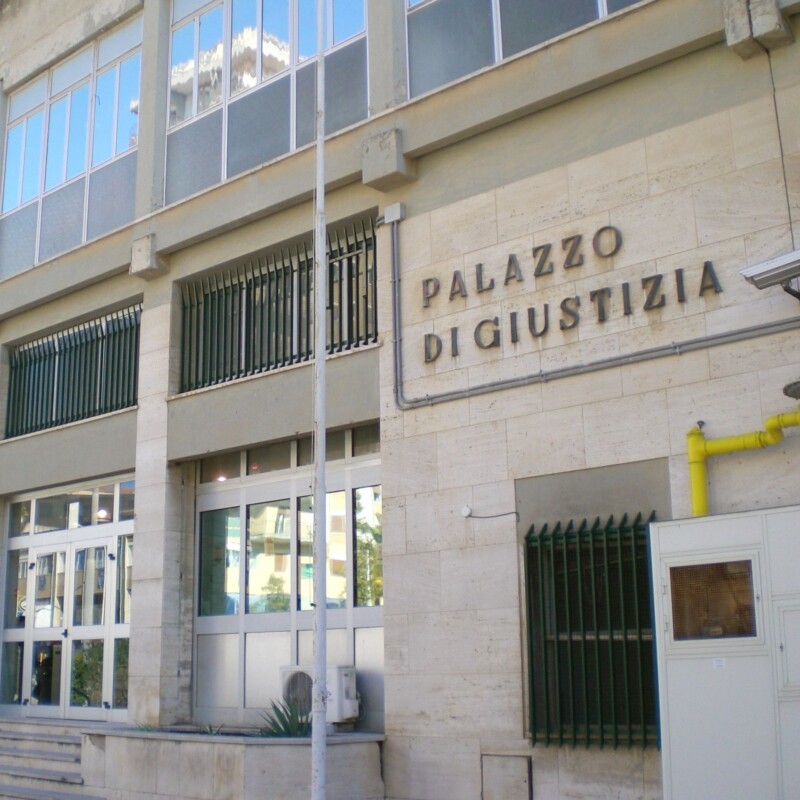

Caricamento commenti
Commenta la notizia